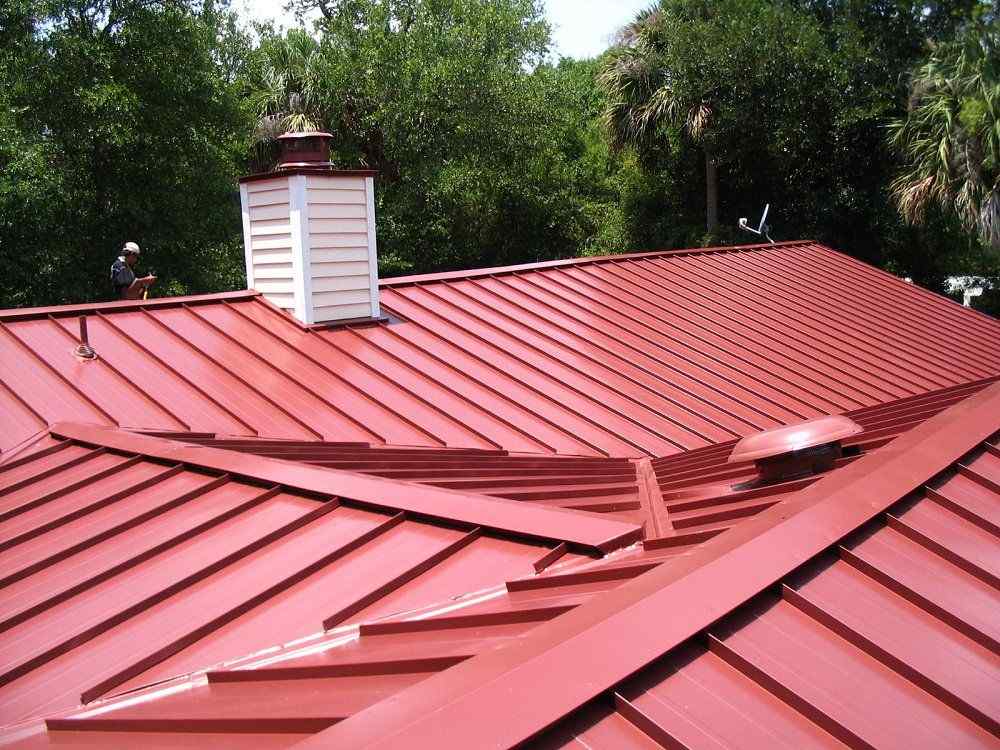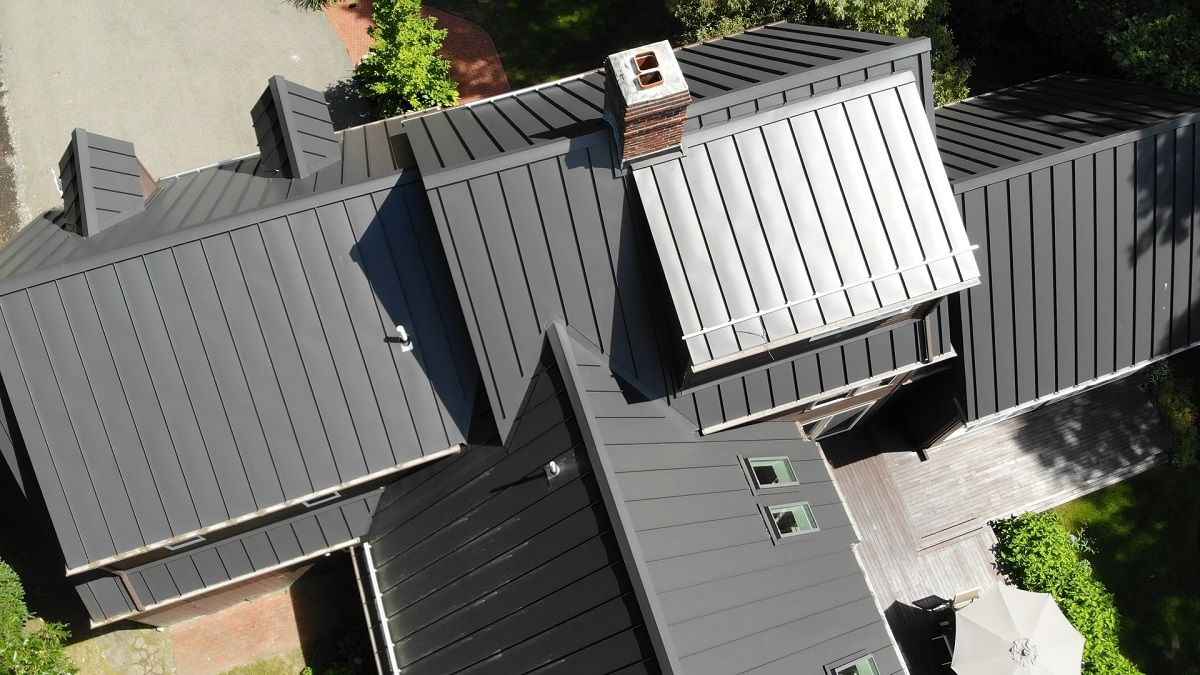How to Install Purlins for a Metal Roof?
Table of Contents

Metal roofs are becoming increasingly popular for their strength, durability, energy efficiency, recyclability, and low maintenance requirements. Purlins provide support to the metal roof’s deck and are themselves supported by rafters and walls. All these components ultimately contribute to maintaining the metal roof’s structure and integrity.
This guide provides information about purlins, their types, importance, benefits, and installation procedure. It also explains some important considerations and safety measures for installing purlins on a metal roof.
What are Purlins?
Purlins are horizontal structural devices that are used to provide the necessary support to the decking of metal roofs and construct steel frames. Usually, these are made of aluminum or steel and are perpendicularly installed to the rafters or trusses. Purlins act as the secondary components of the metal roof’s frame and contribute to ensuring even distribution of the load across the rafters. In this way, they help in preventing roof bowing or sagging issues.
Types of Purlins for Metal Roof
These are the two main types of purlins used in the construction of metal roofs:
C-Purlins
These types of purlins can be used for different purposes. They have a ‘C’ shape with flanges on each side that are faced outwards during installation. This design of flanges allows purlins to effectively and evenly distribute the load of a metal roof on a stable steel frame. They have different sizes and thicknesses to accommodate the requirements for constructing various metal roofs.
Z-Purlins
These types of purlins are mostly used for heavy-duty applications and have a particular ‘Z’ shape with ridges on each side that are faced inwards during installation. These ridges are crucial to enhancing and maintaining the metal roof’s structural integrity and strength. The rafters or trusses can be securely attached to these ridges, contributing to better load-bearing capacity and stability of metal roofs.


Importance of Purlins for Metal Roof
Purlins are crucial for metal roofs, ensuring even weight distribution to the primary structural elements, including rafters or trusses. They provide adequate support to the weight of metal roofs, preventing the problem of concentrated loads. They enhance the building’s overall stability by supporting the entire roof structure. Purlins contribute to the roof’s spanning capability by providing a chance to double the maximum single-span length of rafters.
The entire metal roof structure gains lateral stability and rigidity, resisting lateral forces, including seismic or wind loads, and avoiding the roof system’s deformation. In this way, purlins contribute to ensuring the integrity of the entire building structure during harsh weather conditions. Moreover, they also offer an attachment point to fasten metal roofing materials securely and integrate insulation materials for the property.
The roof pitch or slope can be easily adjusted with the help of purlins to allow efficient drainage of rainwater and avoid pooling water, leaks, or structural damage to the metal roof.
Benefits of Purlins for Metal Roof
Purlins have a high strength-to-weight ratio and make metal roof systems long-lasting. They eliminate the requirement for intermediate support and allow the incorporation of flexible architectural designs. They are resilient to decay, fire, and insects, so they remain structurally integral for longer periods of time.
They are durable, strong, and reliable options for ensuring the integrity and long lifespan of metal roofs. They can be installed quickly and easily and are one of the most affordable options for constructing a safe metal roof structure over any commercial or residential property. They reduce the number of materials needed for creating the roof structure, making the construction process efficient and straightforward.
Purlins reduce the required materials, contributing to a lower overall project cost and being affordable to purchase. You can construct wider roofs using purlins without any requirement for extra columns or walls for extra support. They can be easily customized based on the profile and type of metal roof and significantly reduce the risk of roof failure or sagging over time.
Installing Purlins for a Metal Roof
Procedure (Steps Involved)
The installation of purlins for a metal roof can be completed in these steps:
- Assess the suitability of the roof structure for the installation of purlins, ensuring rafters or trusses are already installed.
- Decide on the type of purlins required depending on the load requirements and roof design.
- Determine the spacing based on the roof panels’ size and local building codes.
- Mark the purlins’ locations on the rafters with the help of a measuring tool.
- Cut the purlins to a suitable length with the help of a saw.
- Attach cut-to-size purlins to the rafters or trusses.
- Place the purlins on the already made marks on the rafters.
- Take and drive the nails or screws through the truss or rafter through the purlin to secure the purlins in their respective places.
- Complete the installation of purlins across the whole roof.
Important Considerations
Keeping these important considerations in mind will help in the accurate and efficient installation of purlins for a metal roof:
- Double-check the measurements before cutting the purlins to ensure precision.
- Use a level as a reference point to ensure purlins are installed in a straight line.
- Maintain a consistent and equal spacing between all the purlins.
- Overlap the purlins at joints to make the metal roof structure more robust and stable.
- Double-check the secure attachment of purlins to the trusses once the installation is complete.
- Use a level for checking any sagging or uneven points across the roof.
Safety Measures
It would help if you undertook these safety measures while installing purlins for a metal roof:
- Be cautious while working at heights.
- Wear safety gear, such as gloves, safety goggles, and a hard hat.
- Make sure the scaffolding or ladder is properly secured in place.
- Be vigilant of your surroundings and considerate regarding overhead risks.
- Follow the manufacturer’s guidelines and instructions for using the power tools safely.
